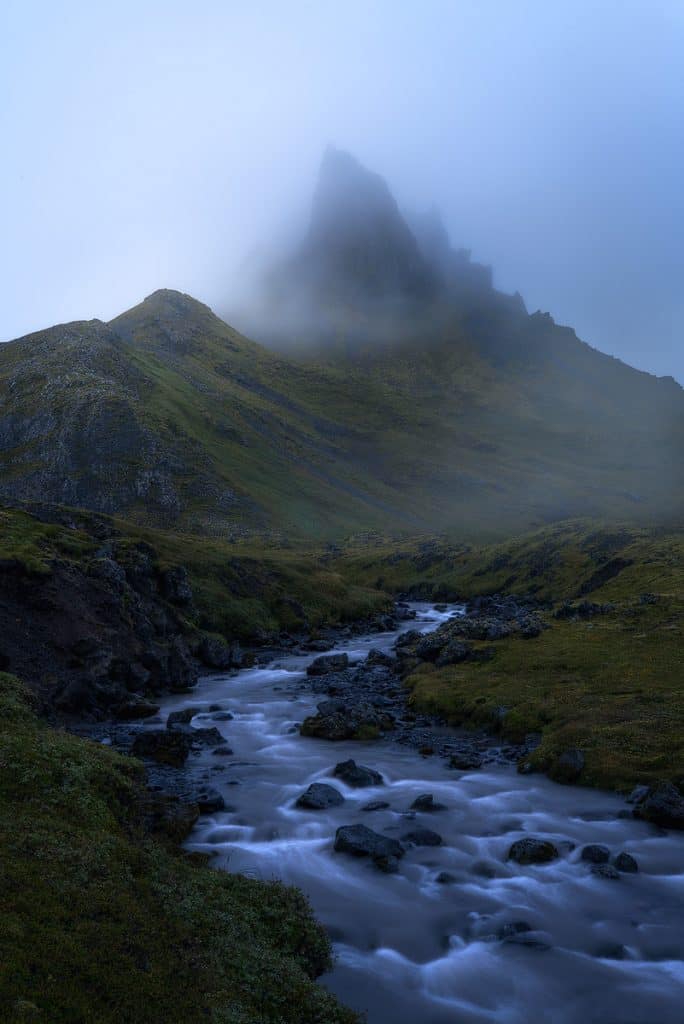mood
/mo͞od/
A temporary state of mind or feeling.
What’s the point of taking pictures of things? We lug our heavy cameras and tripods around for a lot of different reasons: personal enjoyment, creativity, exercise. But I think it has a lot to do with sharing the things that we see and love with other people, to try and influence how they feel about them.
As nature photographers–now more than ever–we have a great opportunity to teach the world the value that nature has in its pure, unaltered state. I strongly believe that by photographing the little wilderness we have left, in an effective way that makes people feel how we feel, we can help change the way the world perceives nature and hopefully cause people to have a greater reverence and respect towards it.
Lately I have noticed more people recognizing the mood within a scene, by comments like “amazing mood!” or “this is so moody!” A “moody” image means it directly conveys a strong feeling or evokes a clearly recognizable emotion. I think as artists, all of us hope to create images that make people feel something. When a photographer intentionally creates an image, the decisions made such as subject matter, lighting, composition, processing, and the weather conditions they shot it in, are all in order to create a scene with a certain effect that they wish to have on the viewer. An artist should know beforehand how they want people to feel upon looking at the image they are in the process of creating, so that everything done can be towards achieving that.
A well known way to convey mood in an image is by weather conditions (an epic storm will bring a whole load of emotion) which I won’t cover as a main point in this article since it is a very obvious factor and largely out of our hands. Also, I personally never sit around at a location waiting for a certain kind of weather to give mood to my scene. So instead, I will focus on things that are in your power, that you can intentionally use in order to effectively convey the mood you feel best suits the scene you are hoping to capture.
Intentional Lighting
I would say the greatest contributor to mood in a scene is the lighting in which it is captured. When you find a subject that you want to photograph and you decide which mood would best convey the feeling you want to associate with the scene (dramatic, ominous, peaceful, tense, ethereal, delicate, bold, etc.), you will need to think about what kind of lighting would help create that effect for the viewer. Do you want strong light, that will boldly accentuate the subject and dark shadows that will hide the other things around it? Do you want even light that will showcase more details in the scene around the subject and allow for an overall brighter feeling? These are questions you should ask yourself and decide on before you start shooting a scene. This will determine what time of day you should be there (for angle of light, direction of light, quality of light), and what kind of weather you should be looking for.
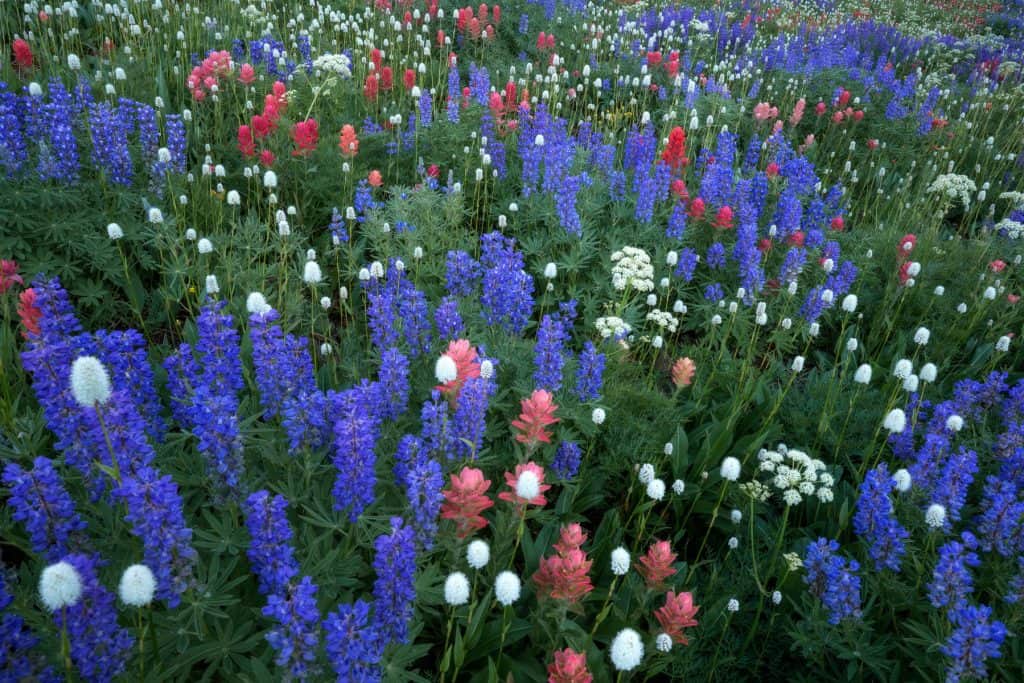

Subject Matter
While I always try to avoid making rules for photography or creating a box around someone’s vision, certain subjects you will encounter in the field will have different kinds of feelings that best suit them. Of course, you can do anything you want as an artist, and should never feel that a particular subject requires a specific kind of lighting, composition, or weather conditions. These kinds of things will only limit your creativity while searching for scenes in the field.
However, it is important to be conscious of what kinds of subjects are generally associated with certain feelings. For an obvious example, mountains and flowers each make us feel very differently. Mountains tend to evoke a sense of awe and power in most people, since they are rugged and tower over everything else around them. Flowers tend to make us feel calm and at ease, being more delicate and associated with mostly positive things like love and friendship. Other subjects that are less common may inherently evoke a feeling of mystery because of their uniqueness.
It is important to also keep in mind that with certain kinds of lighting, weather, compositions, and processing, these common associations can be overcome and it is possible to create a new feeling that is not usually paired with that kind of subject. The important thing is that it always be intentional, so that it can be done effectively in a way that viewers will clearly recognize.

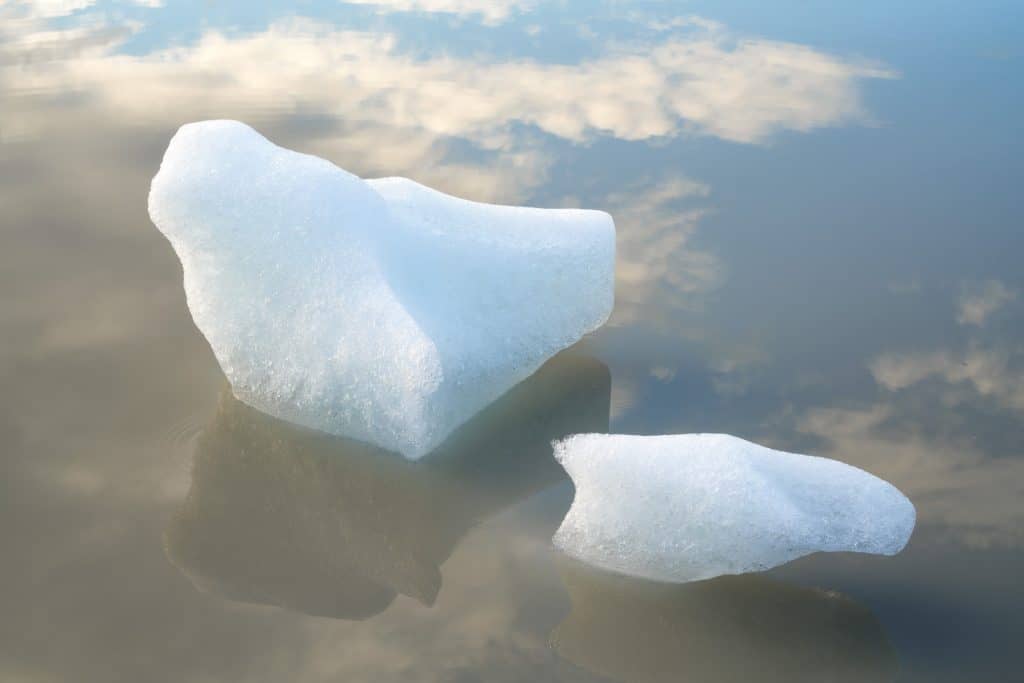

Exclusion
Another way to create mood is by removing context. If you include too much, a scene can become too obvious for a viewer, not engaging them for long enough to feel anything. However, if you are more deliberate about what you choose to show, you can create all sorts of feelings in an image. An image that asks more questions than it answers can create mystery, awe, grandeur, and tension for the viewer.

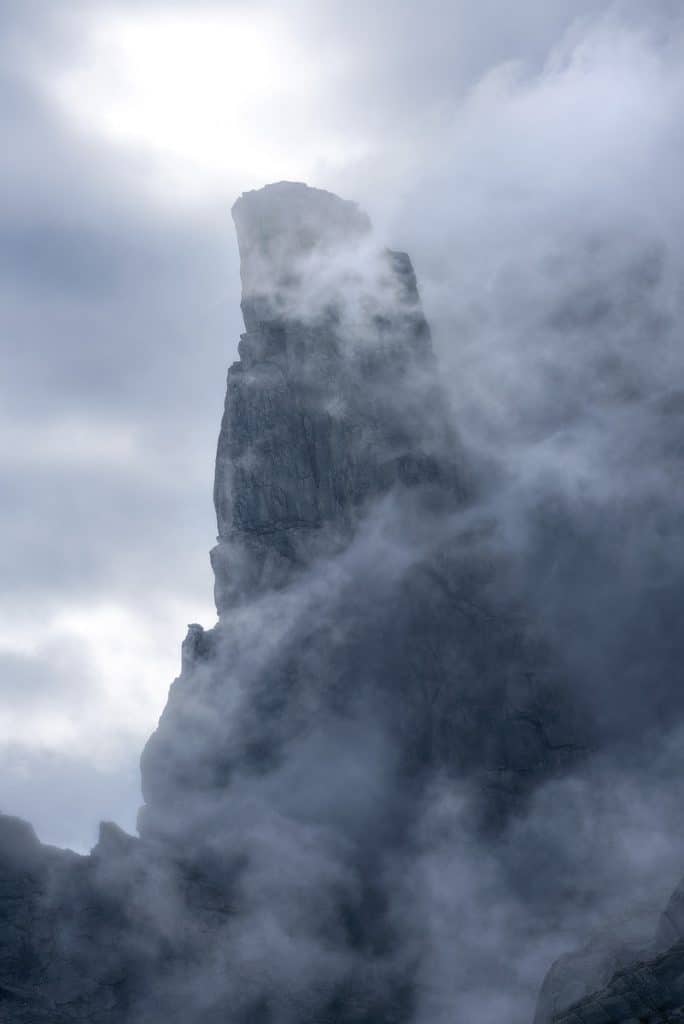
Color Tones
The kinds of colors in a scene will greatly affect the mood it conveys. Warm colors will have a more intense feeling as they draw more attention and advance towards you, while cooler colors will have a more subtle, calm affect, receding and pulling you into the scene instead. A lot of this can be done in processing, either by enhancing the colors to make them more vibrant or dialing them back a bit to be more subdued. Knowing what kind of mood you would like to convey will tell you in which direction you should go with each color in the scene. You can also remove all color in a scene, going black and white or monochrome, which can also make a scene feel either more dramatic or quiet.
The lighting you shoot your scene in can also affect the colors you capture. Shooting in strong low angled light can warm up the colors, shooting in even light can make them more intense and true, or shooting in low light (such as twilight) can wash the colors out all together. These are all important things to consider while you are capturing the scene in the field.
In the previous two image examples I gave for “Exclusion,” the color palette I created both in my composition and post processing also contributes to the mood. In the starfish scene, “Resistance,” you may have noticed that the main color in the scene is orange, which we see in the subject, the starfish. The rest of the scene around the starfish is either monochromatic, or a darker, subtler red. This color contrast draws the focus onto the starfish that is clinging on for its life and creates more tension.
In the mountain scene, “Lost Temple,” I pointed out that there is no color at all. I did not desaturate the scene to make it black and white– the lack of color that contributes to the dramatic mood of the scene occurred naturally, both because of the lighting and the exclusion of any colorful objects around the subject. Removing all color in the scene and creating a monochromatic color palette makes more room for attention on other aspects of the scene, such as the shape of the jagged profile of the sheer spire and the texture of the clouds and the cracks in the granite, helping to accentuate the intensity of the scene.
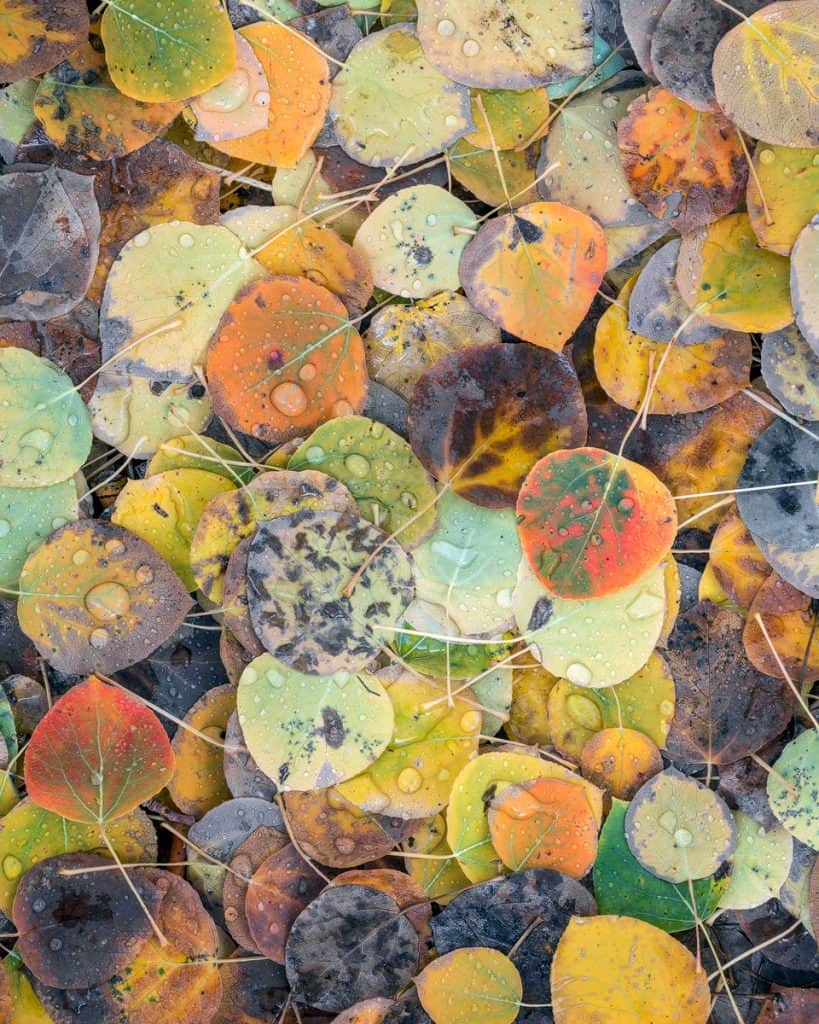
Vignettes
Adding a vignette to your scene in post processing can help to draw focus more towards the center of the frame or towards your subject, by darkening the surrounding area. While I add a slight vignette to virtually every image that I create, adding bolder, more obvious vignettes can really enhance a dramatic mood within a scene. I usually do this when I am shooting an intimate scene in more even light where there wasn’t a natural spotlight making a certain object stand out from its surroundings; I will try to create this effect in post processing instead. Sometimes a more obvious, strong vignette will look off in a scene, telling you that it doesn’t work by how much it stands out. In other scenes an intense vignette, while being noticeable, won’t draw attention or feel distracting if it is actually helping to improve the overall feeling.
I like to achieve this by either using Exposure, Levels, or Curves in conjunction with gradients–usually radial but sometimes linear–in Photoshop or Camera RAW/Lightroom. Each of these tools will effect the image differently: When you use the Exposure adjustment, you will see that the effect darkens the scene while not adding any saturation or contrast along with it. While using the Levels adjustment along with the ‘Luminosity’ blending mode, you will see that it darkens the edges while adding contrast, but does not intensify the colors at all. When using the Curves adjustment, you will see that it darkens, adds contrast, and intensifies colors as well. Depending on the scene, one of these three techniques will look best.
There are dozens of different kinds of moods you can portray in your images. The more variety you show in your portfolio, the more interesting it will be. You will also develop more skills as an artist as you create a wider range and greater diversity of scenes. I encourage you to always go out with an open mind, and pay attention to the weather and lighting around you. Think about what it is making you feel, then think about what kinds of subjects would pair well with that feeling. This will help you to be more prolific, enjoy photography more, and create a deeper connection with the light and the landscapes you encounter in nature.
The following are some examples of what mood I feel each image conveys. What contributes to the mood of each image in terms of Lighting, Composition, Weather, and Color? How does the Processing enhance the mood? Was Exclusion used to enhance the mood? Does the scene convey the feeling that the subject is usually associated with, or something distinct?
Serenity
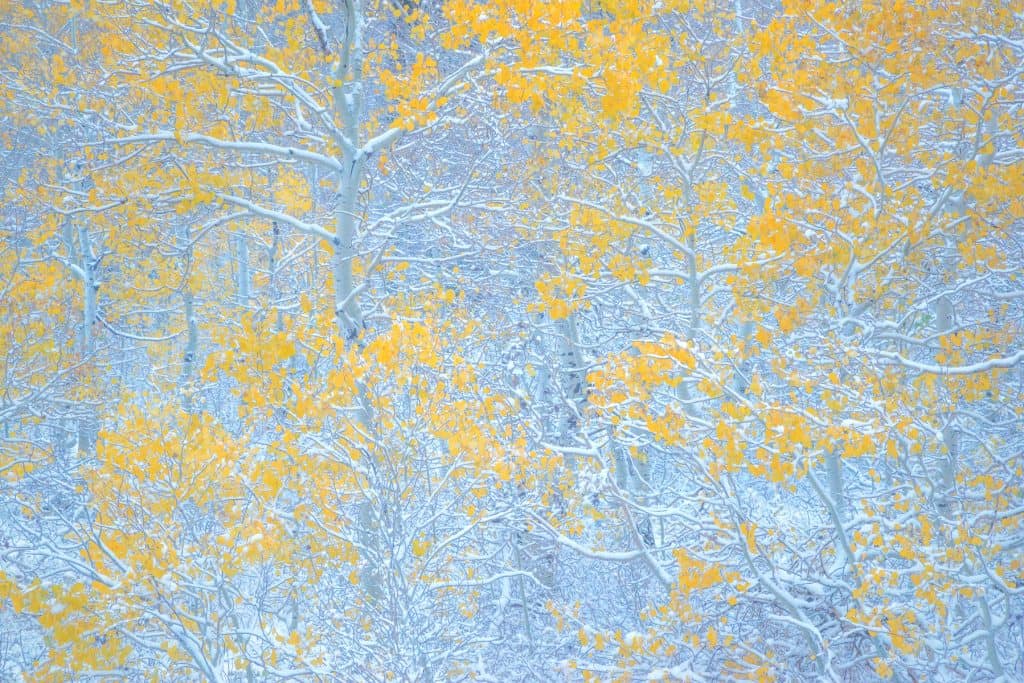

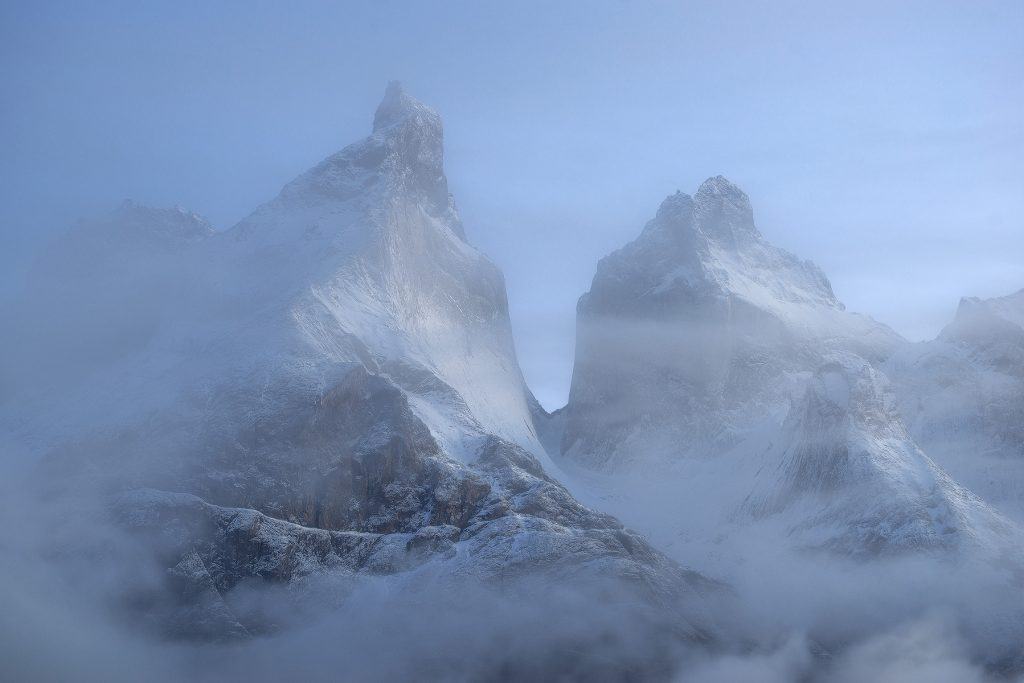

Ominous




Mystery

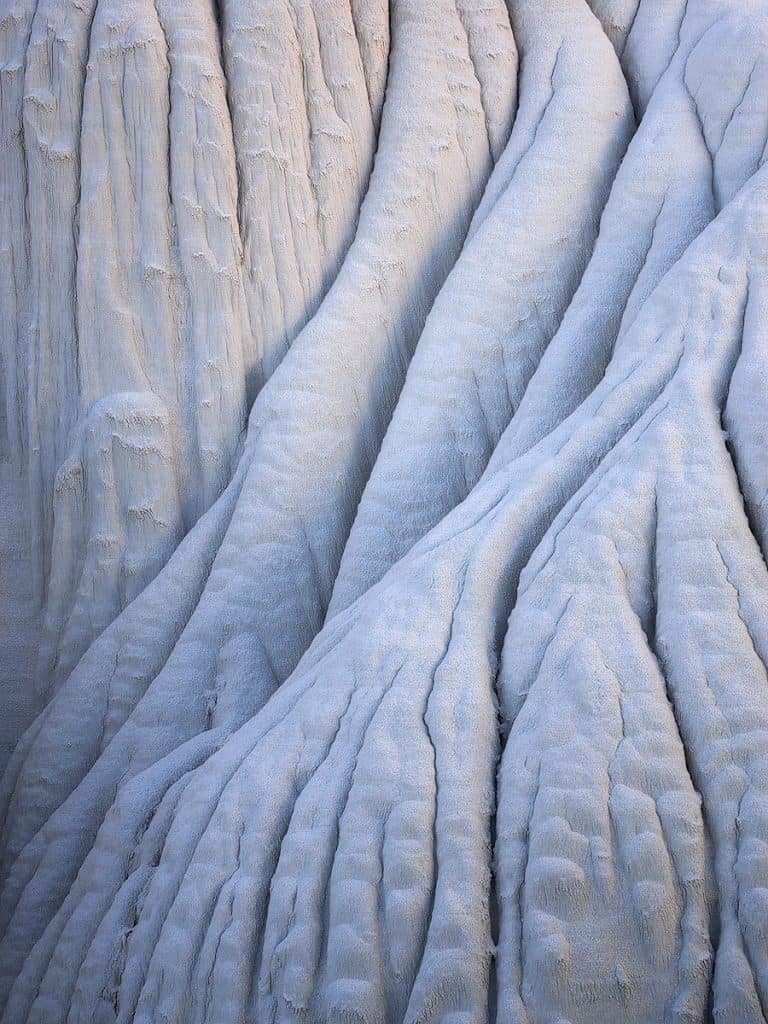

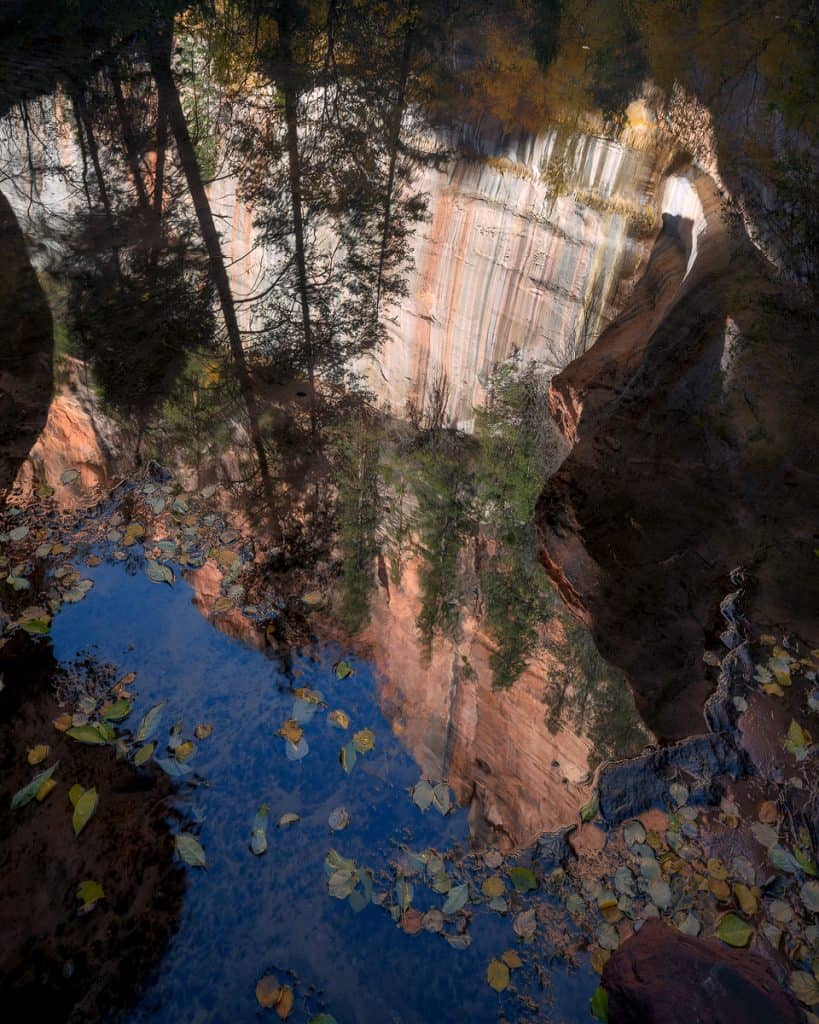
Quietude

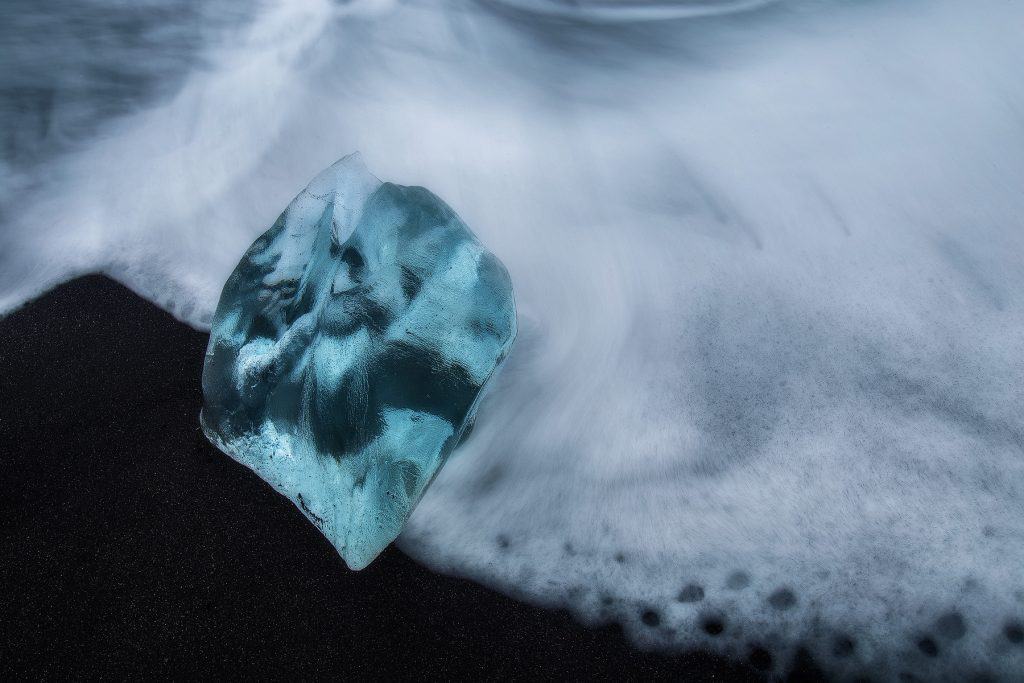
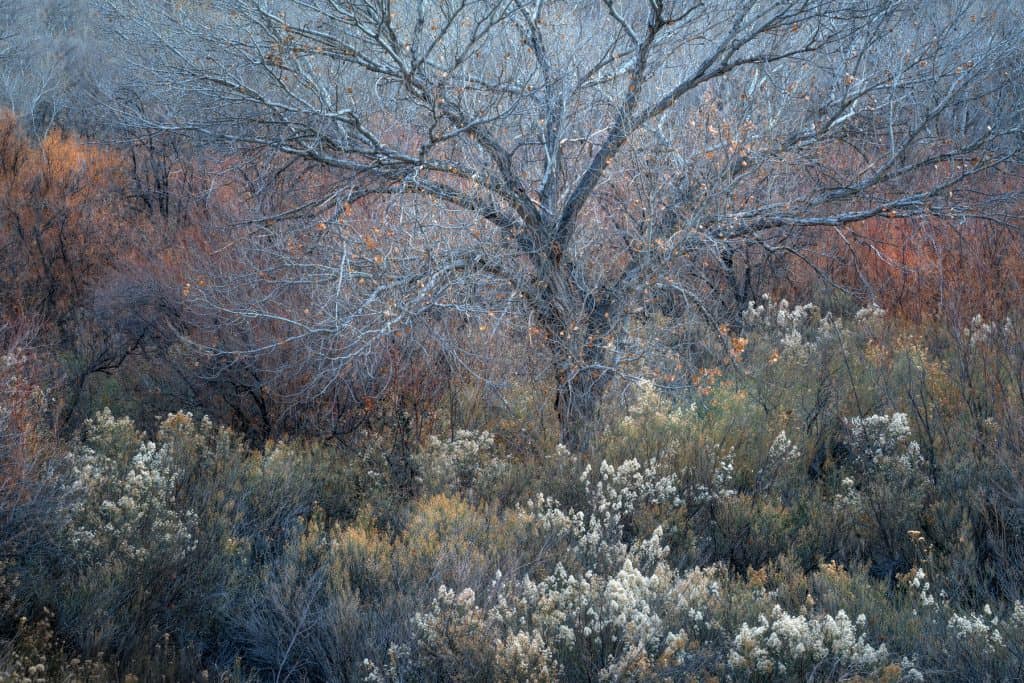
Awe
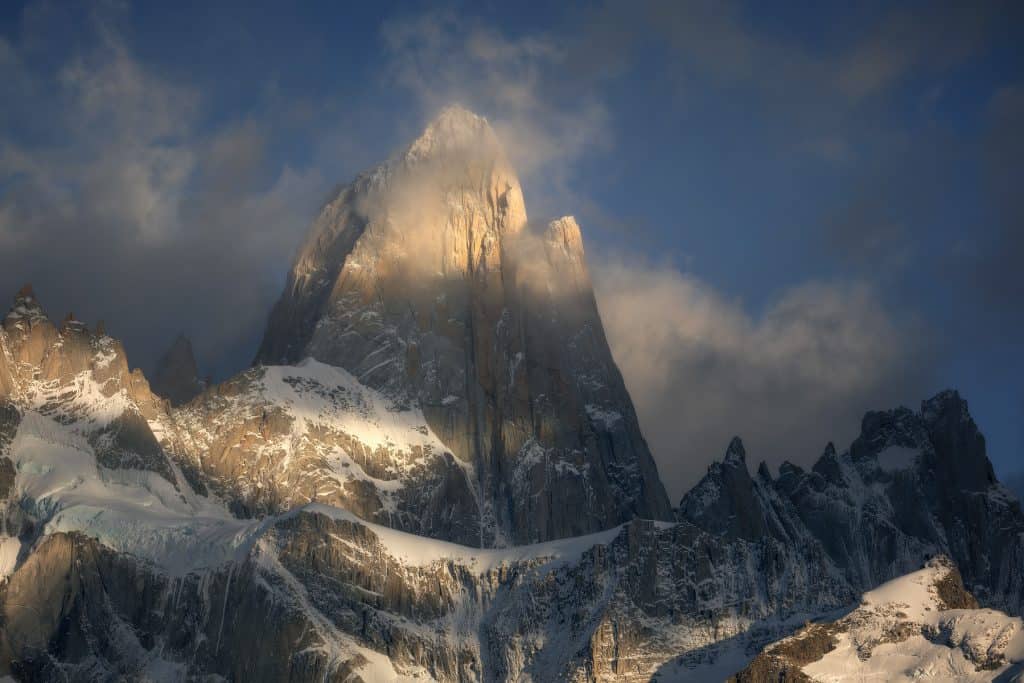
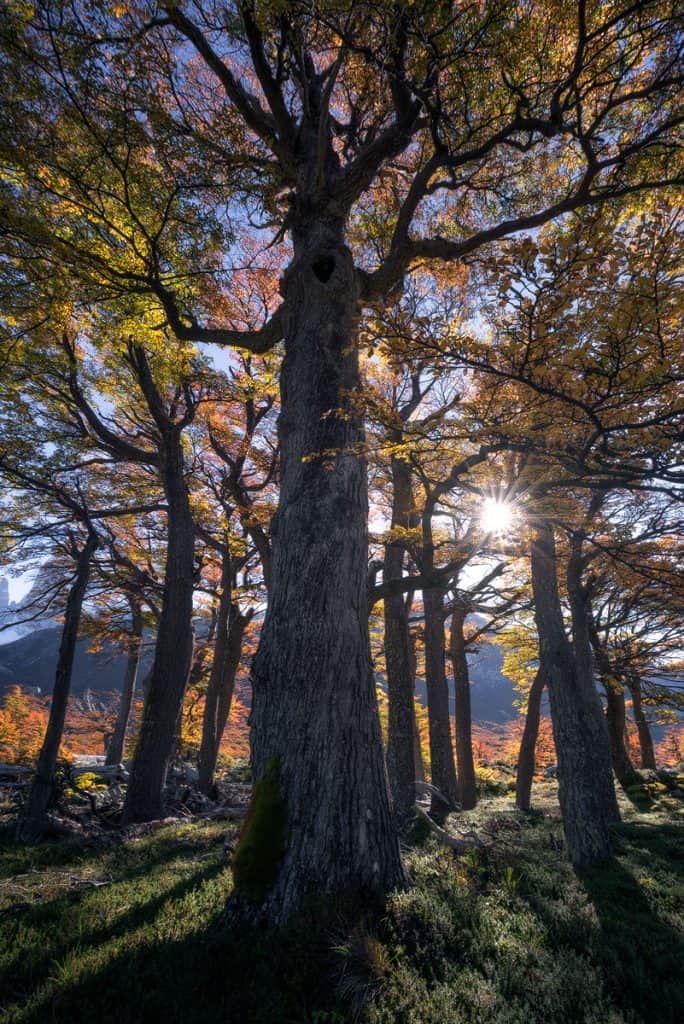
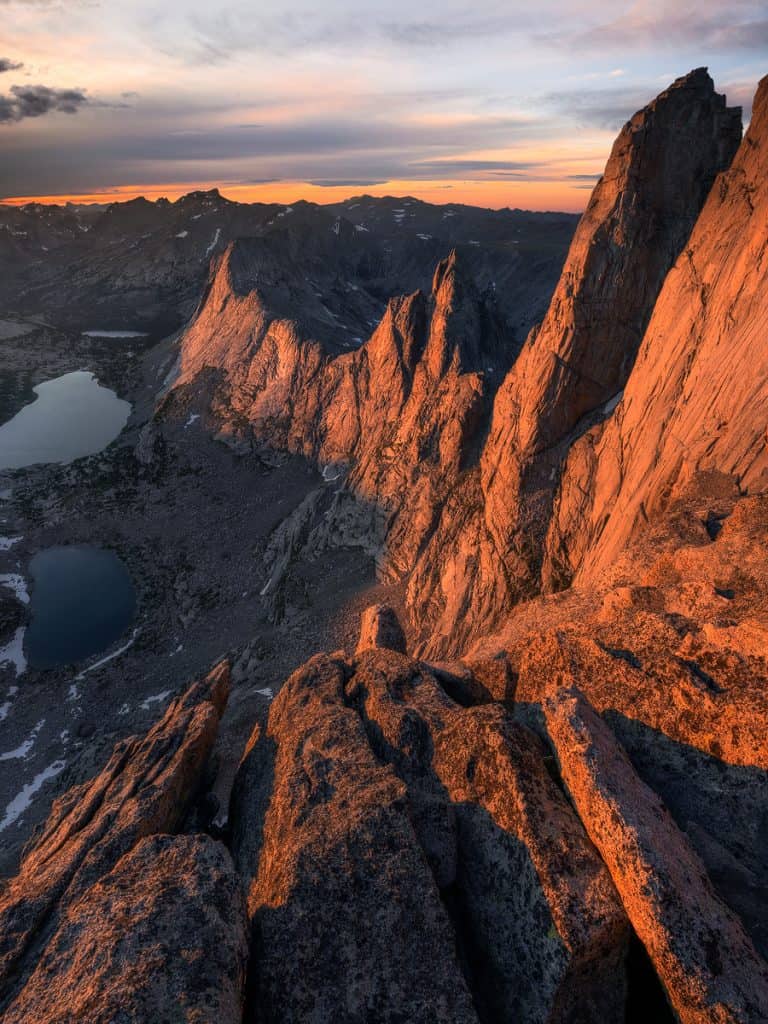
Solitude

